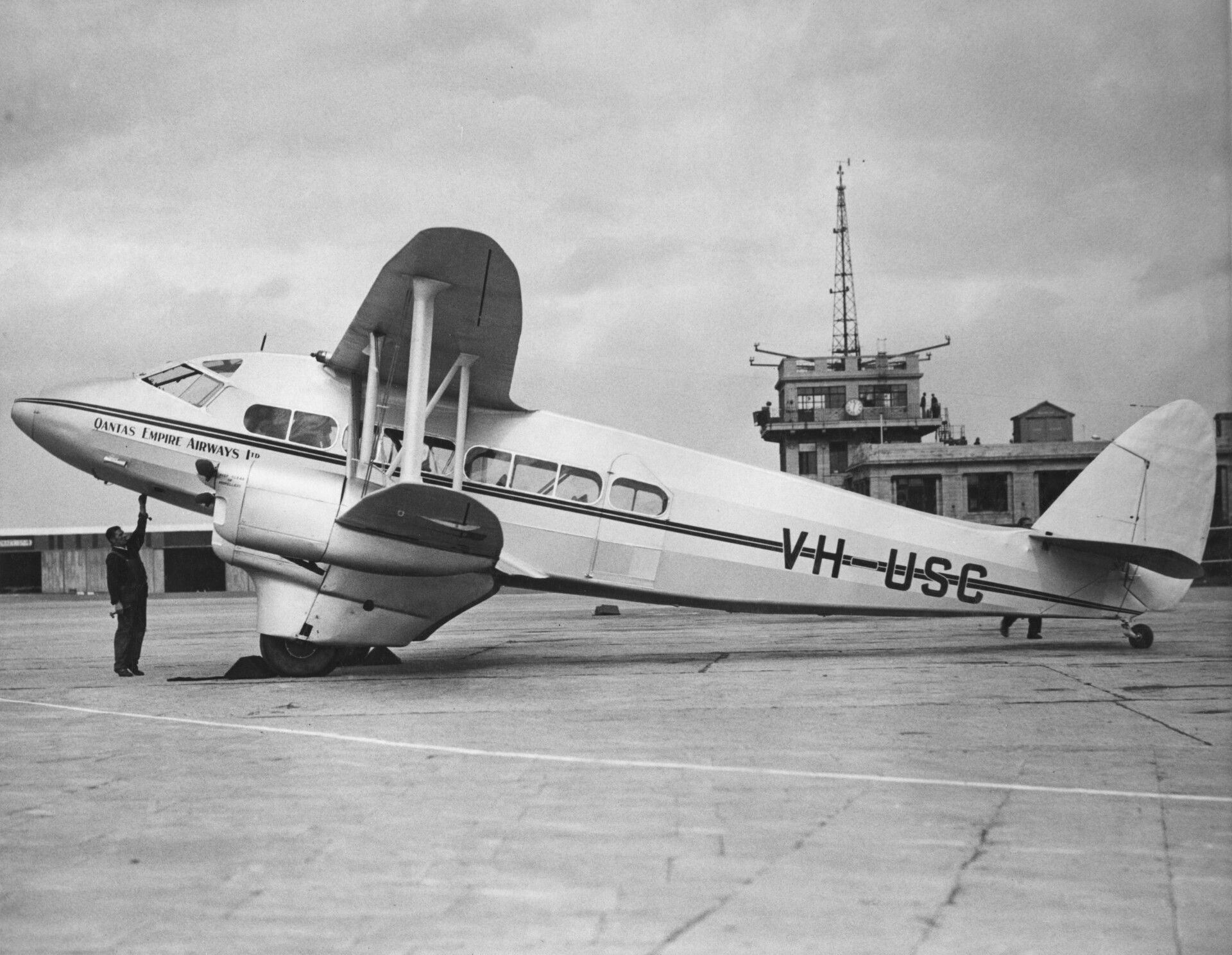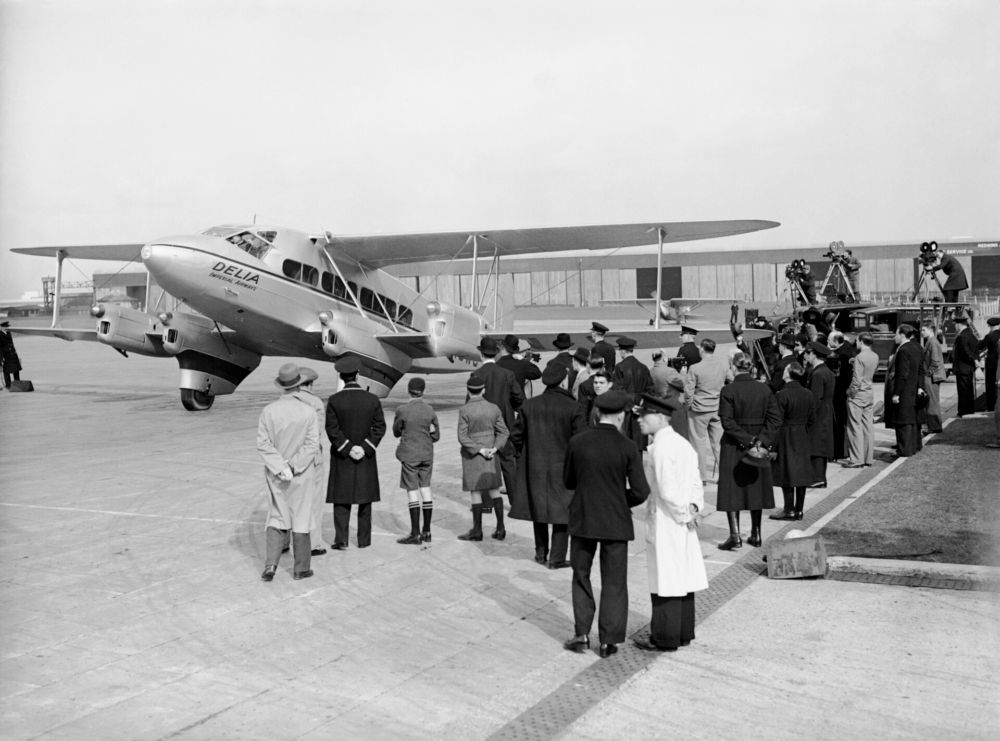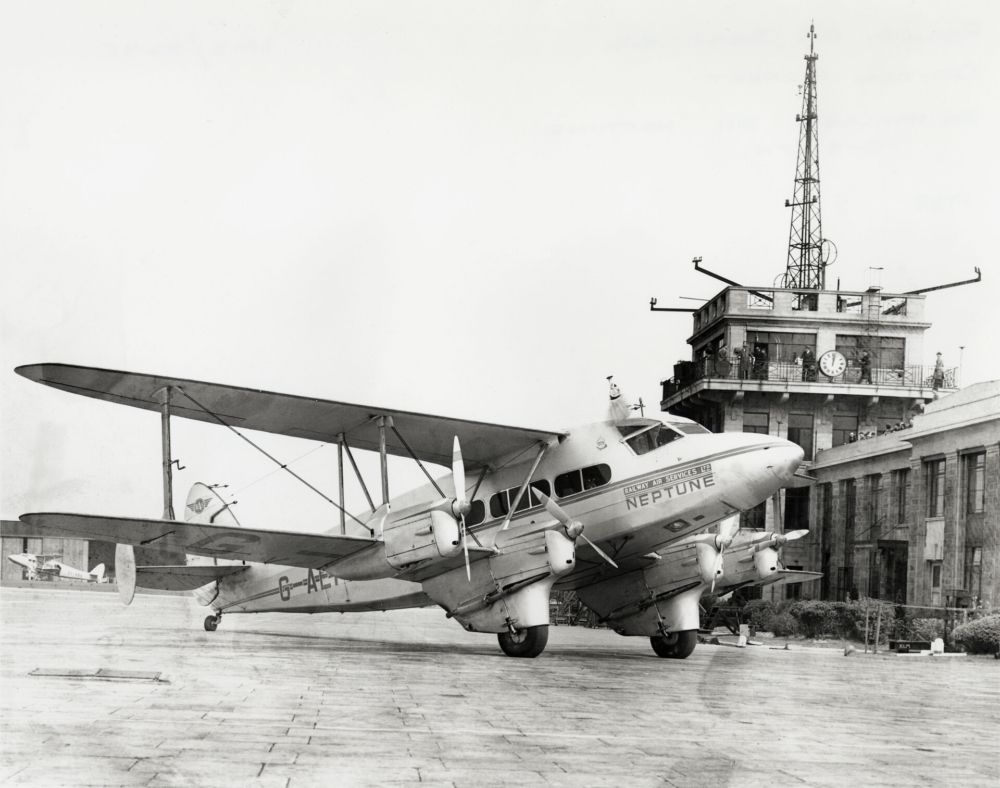The de Havilland Express first flew on January 14th, 1934. The four-engined plane, otherwise known as the de Havilland D.H.86, played an important role in the growth of the British passenger aircraft industry.
Demand down under
The first unit to fly 88 years ago held registration G-ACPL, and it was backed by four Gipsy Six engines. The type was developed to meet the needs of Qantas. However, the flag carrier of Australia rejected the initial single-pilot design. As a result, the aircraft was redesigned to hold two pilots. Three of the original single-pilot units were then delivered to the United Kingdom's Railway Air Services and another went to Australia's Holyman's Airways.
Qantas, nonetheless, deployed the revised version well. It operated its D.H.86 aircraft to Singapore from Brisbane as early as 1935. With this being a long route for its time, Qantas was concerned that if they took a single-pilot edition, there would be increased fatigue.
The preceding de Havilland Dragon was more commercially successful, but the single-engine plane was smaller and had the capacity for up to 10 passengers. Meanwhile, the de Havilland D.H.86 was a larger unit, allowing up to 16 passengers to hop on board. The plane had a length of 46 ft 1.25 in (14.0526 m), a wingspan of 64 ft 6 in (19.66 m), and a height of 13 ft 0 in (3.96 m).
Quick for its time
Yet, of the aircraft's major pull factors was its speed. It had a maximum speed of 166 mph (267 km/h) and a cruise speed of (42 mph (229 km/h). These figures were greater than the Dragon, which had a maximum speed of 128 mph (206 km/h) and a cruise speed of 109 mph (175 km/h).
Therefore, when the first single-pilot Express production model went into service in October 1934, it broke speed records. Notably, Holyman's Airways' single-pilot D.H.86, Miss Hobart, was the fastest British passenger plane worldwide at the time.
“The next development was the DH86A, fitted with new undercarriage legs and brakes, a now metal rudder and modified windscreen lines - twenty DH86A in this style were built. The DH86B appeared in 1927, featuring an enlarged tailplane complete with elliptical endplate fins, after which all existing DH86A were modified to this standard,” BAE Systems shares.
“Ten new-build DH86Bs were produced, three of which were exported to WR Carpenter Ltd, in Australia. Total production finally comprised of sixty-two aircraft, made up of 32 DH86, 20 DH86A and 10 DH86B with most still flying commercially at the outbreak of World War II. Those operating for Railway Air Services were seconded into military use as communications and navigational trainers.”
Stay informed: Sign up for our daily and weekly aviation news digests.
Worldwide attention
Some units of Railway Air Services entered the military following the rise of World War II. Meanwhile, several others kept operating during and after the conflict. However, the type hasn't been active since 1958.
Altogether, 62 D.H.86 Express units were produced between 1934 and 1937. The type could be seen all over the world, with the likes of Gulf Aviation, Tata Airlines, Aer Lingus, Imperial Airways, Western Airways, and the original British Airways all operating the family. The aircraft helped build on de Havilland’s increasing popularity as the global aviation industry continued to develop in the 1930s.
What are your thoughts about the de Havilland Express? What do you make of the history of the aircraft? Let us know what you think of the plane and its operations in the comment section.



